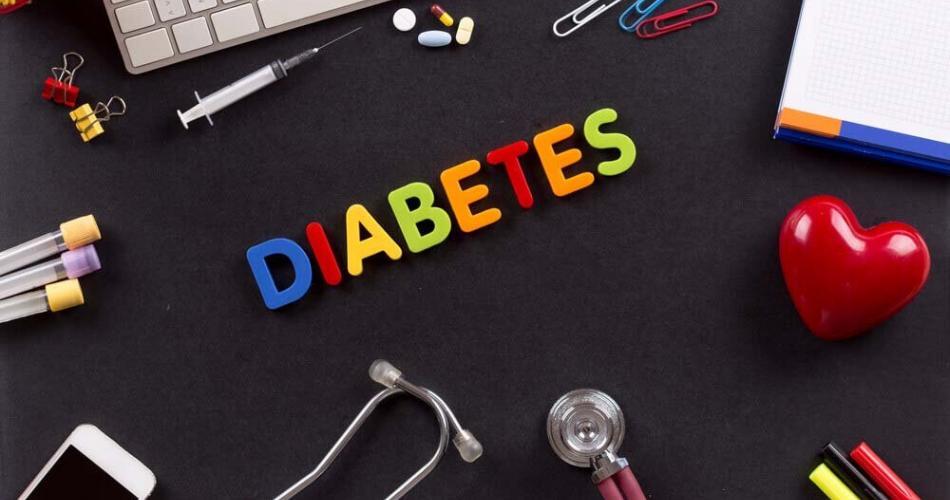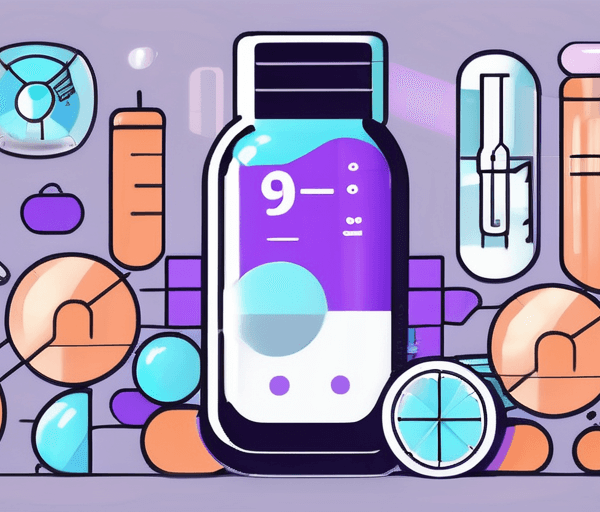“I’m living a life with diabetes, but I’m not letting it stop me.”
-Gary Valenciano, during an interview with Ces Drillon dated 2009 (Filipino singer-songwriter, dancer, musician, actor, music producer and television host)
According to the Internal Diabetes Federation, “Diabetes is a chronic disease that occurs when the pancreas is no longer able to make insulin, or when the body cannot make good use of the insulin it produces.”
What is insulin, and what is its role in the body?
Once we have digested the food we have eaten, the complex carbohydrates, protein and fat, are further digested. These become simple end products commonly known as glucose, amino acid, and fatty acids, respectively.
Glucose has a vital role in energy production, most importantly for the brain and the blood cells. Glucose is not absorbed by our body right away. It still needs a transport system before it can be used up by our cells to produce energy.
Insulin is a hormone made by the pancreas. This specific substance carries glucose from the bloodstream and into the cells to generate the power for it to function. Without insulin, glucose will remain in the blood, and this condition is referred to as hyperglycemia.
People who cannot produce insulin or are insulin resistant would have long-term high glucose levels, eventually leading to organ damage.
As published by the International Diabetes Federation last May 2020, it is estimated that there are currently 463 million people worldwide who suffer from diabetes, and 3,003,300 of which come from the Philippines. These numbers are expected to rise to 212 million by 2045 in the western pacific region alone.
These numbers are pretty alarming. The best way to combat this chronic and debilitating disease is patient education and timely information.
Outlined by the Internal Diabetes Federation are the three main types of diabetes, namely Type 1, Type 2, and Gestational.
Type 1 diabetes which typically develops at any age, is often seen in children and adolescents. In this type of diabetes, the body either does not produce insulin or, if able to, an only insufficient amount of insulin. The total or partial deficiency of insulin leads to abnormal blood glucose levels that could negatively affect the body.
Type 2 diabetes is the sub-type more commonly occurring in adults. Type 2 diabetes is responsible for around 90% of all diabetes cases worldwide. In patients having type 2 diabetes, the body produces insulin but does not effectively use the produced hormone. The cornerstone of management of type 2 diabetes revolves around adequate physical activity and a healthy diet, but as the disease progresses, some patients may be needing oral drugs and/or insulin to maintain good blood glucose control.
Last but not least is Gestational diabetes (GDM). As implied by the name, this is a type of diabetes that occurs during pregnancy. The high blood glucose, brought about by hormones of pregnancy, affects the mother and the child as well. GDM typically resolves after pregnancy. It is also ideal to stress that both mothers and infants of diabetic mothers are at significant risk for developing type 2 diabetes later in life.
One notable person living with Diabetes is Edgardo Jose Gary Santiago Valenciano or more commonly known as Mr. Pure Energy Gary V. Born on August 6, 1964, he has been living with type 1 diabetes since diagnosed at a young age of 14.
Common misconceptions that circle around is that this lifelong chronic disease can restrict our day-to-day life and can significantly impact the way we live. The “infodemic” has brought about many misnomers about our life turning a complete 360 once we are diagnosed with diabetes.
Mr. Gary V did not let his illness discourage him from becoming the success that he is. At 56 years old and 34 years in the music industry, he has bagged numerous multi-platinum recordings despite living with diabetes.
The next big question is what predisposes one to develop diabetes?
It is stated by the Center for Disease Control that the following risk factors are responsible for the development of diabetes:
- Strong family history of diabetes: such as having a family member, either a parent, brother, or sister, with diabetes
- Age 45 and above
- Being overweight and physically inactive
- Having had gestational diabetes or have given birth to a baby of more than 4.5 kg or 9 pounds
- Having the race of either: African American, Hispanic/Latino American, American Indian, Pacific Islanders, and lastly being Asian.
- Having non-alcoholic fatty liver disease.
It is a common ideology that prevention is always better than cure. Since Diabetes Mellitus is also a lifestyle disease, it is therefore essential to know your risk factors to be more mindful of these things.
In one study published in the journal Diabetes Care in the Philippines dated 2015:
“Diabetes care in the Philippines is disadvantaged and challenged with respect to resources, government support, and economics. The national insurance system does not cover comprehensive diabetes care in a preventive model, and private insurance companies only offer limited diabetes coverage. Thus, most patients rely on “out-of-pocket” expenses, namely, laboratory procedures and daily medications.”
Cost is one contributing factor why patients alike don’t seek medical care. The financial burden rests on the individual and not on the national insurance system. Despite diabetes having no cure, it can still be managed with much effort. This is done by consuming a healthy diet, participating in active exercise, maintaining an ideal weight, and taking medications properly prescribed by a physician.
So when do we go visit our friendly doctors and other health care personnel?
Listed by the Mayo Clinic are the common signs and symptoms either a type 1 or type 2 diabetics typically experience:
- Increased thirst
- Frequent urination
- Extreme hunger
- Unexplained weight loss
- Presence of ketones in the urine
- Fatigue
- Irritability
- Blurred vision
- Slow-healing wounds
- Frequent infections, such as gums or skin infections and vaginal infections
Whenever one experiences or notice any of the possible diabetes-related symptoms, contact your doctor right away. The sooner the intervention is started, the faster complications are prevented.
And to patients who have been previously diagnosed with diabetes, a close follow-up with your attending physician is always a must to attain desired blood glucose levels.
Going back to Mr. Gary Valenciano. His journey with diabetes was that of many ups and downs. When diagnosed with type 1 diabetes in his teens, he was told by his doctors that he may not live past the age of 40. Forty-two years following his diagnosis, 90,000 insulin shots later, waking up from his worst hypoglycemic attack that nearly cost his life and surviving an open heart surgery, Gary Valenciano has definitely beaten the odds.
During one of his interviews, he stated:
“Fellow diabetics, type 1 or 2, please never stop taking care of yourself okay? God Bless you all.”
Twitted by Gary Valentiano dated February 16, 2021
Today Mr. Pure energy still lives a normal life and can continue his philanthropy on supporting diabetics in their journey in living with the disease. The power of the advancement in science and availability of medication, lifestyle intervention, and most importantly, being educated about the condition you live with are some critical steps to healing.
Impossible says I am possible. Just look at Gary.



